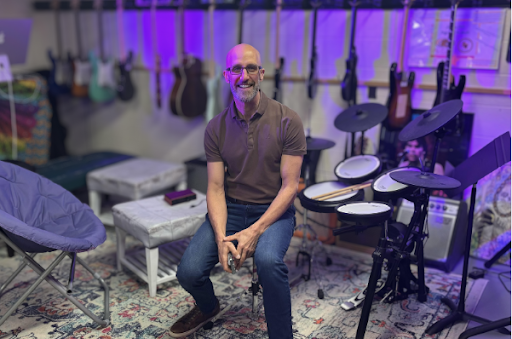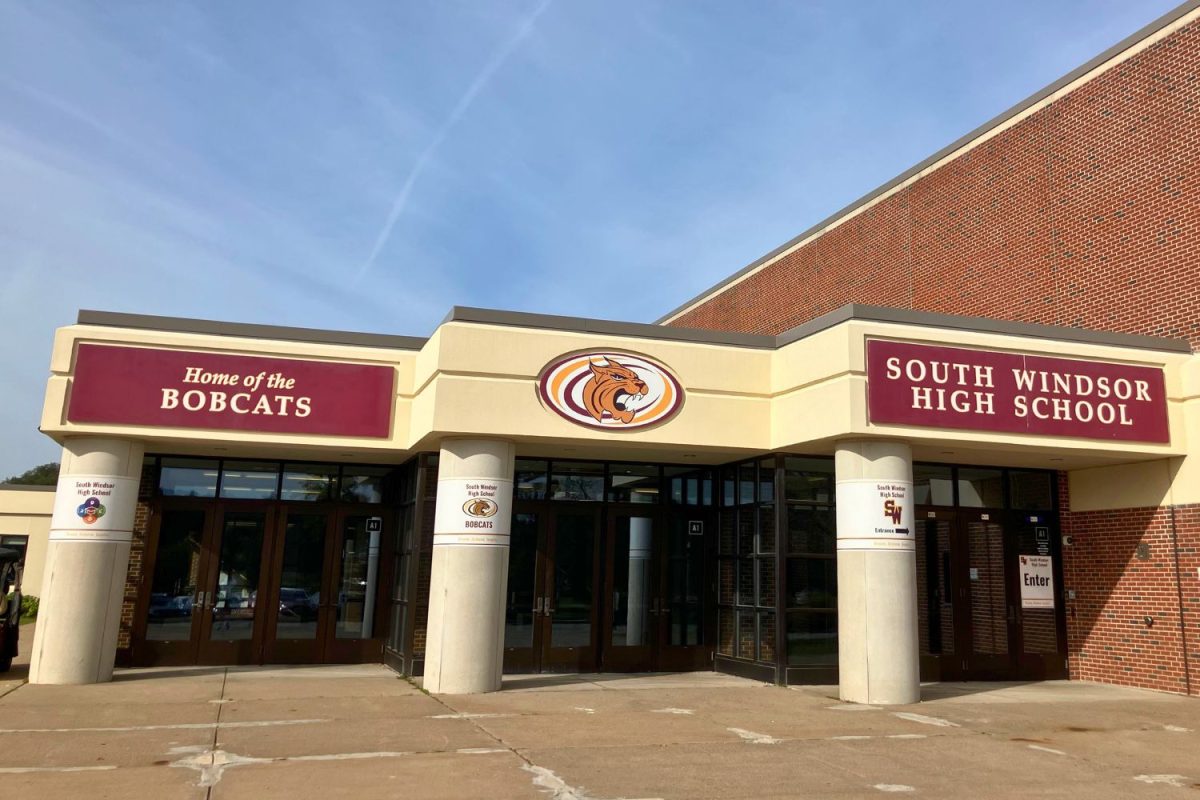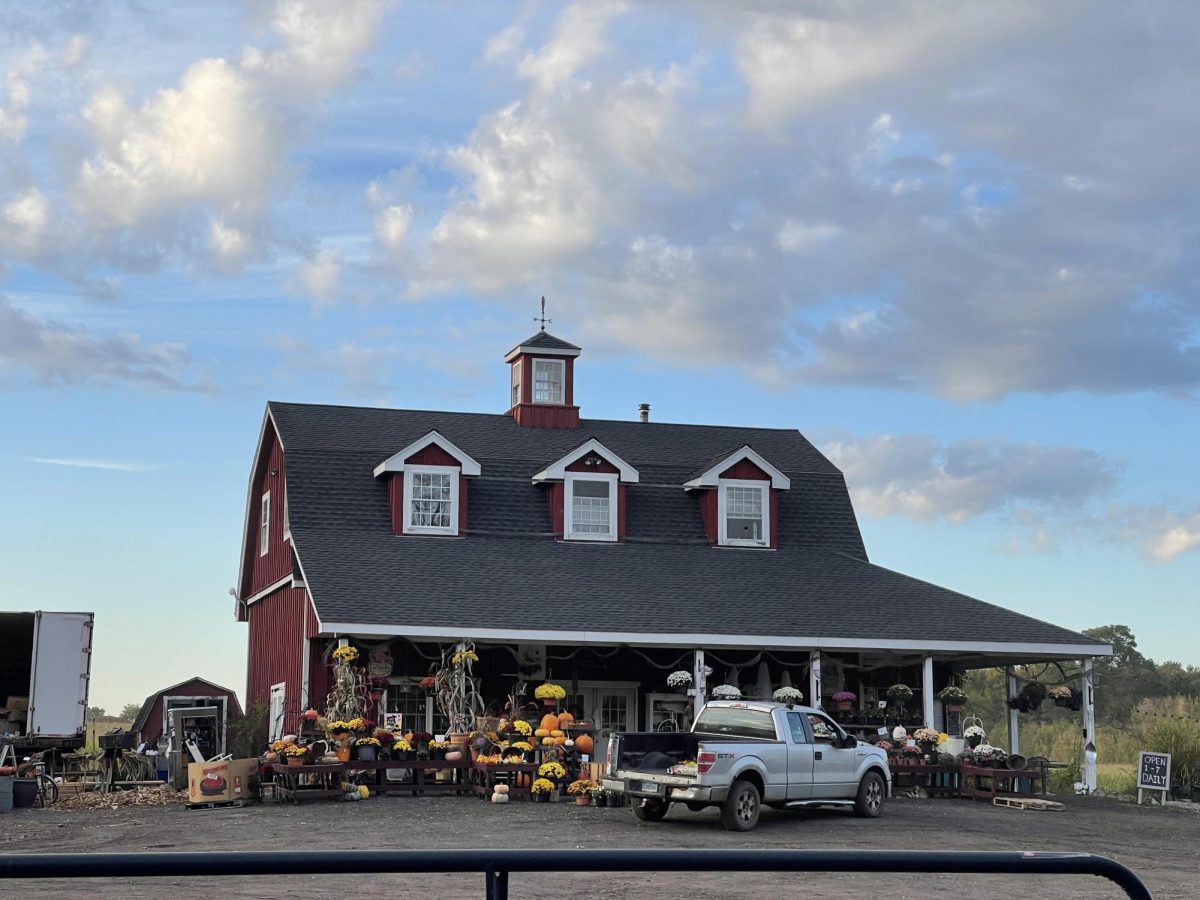Many people know of the famous Salem Witch Trials in Massachusetts. What many people don’t know is where the first ever witch trial occurred. It happened right here, in Connecticut. The Connecticut Witch Trials otherwise known as The Hartford Witch Trials happened from 1647 to 1663. Four decades before the Witch Trials in Salem, Massachusetts.
Connecticut, not Salem, held the earliest witch trials in America, where accusations of witchcraft against 34 individuals led to the execution of 11 people. The infamous Salem Witch Trials marked the end of these events, but Connecticut’s trials paved the way, showing early examples of fear and superstition influencing justice.
The first ever victim accused of witchcraft in the American colonies was Alice Young. She was hanged in May of 1647 in Hartford.
Many people believe that she was accused because of an epidemic that occurred. There were a large number of deaths that started happening around her, including one account of her next door neighbor’s four children dying and her only child surviving.
Another belief is that because she was married to John Young who was a carpenter and a farmer who owned many arcs of land. Young could have been eligible to inherit this property, which put a target on her back.
The second person ever accused was Lydia Gilbert of Windsor. Gilbert was accused of witchcraft because of a gun misfiring and killing someone else. She was executed and hanged in 1654.
The first person to ever confess to witchcraft was Mary Johnson. Johnson worked as a house servant and was convicted of theft in 1648. After many hours of interrogation Johnson confessed to having familiarity with the devil. She was hanged on June 6, 1650.
Between the towns of Wethersfield, Hartford, and Windsor there were a total of 11 people being executed due to accusation of witchcraft. The townspeople believed that witches had signed a compact with the devil. Therefore gaining supernatural powers for choosing the devil over God.
According to Beth Caruso, a member of the Connecticut Witch Trial Exoneration project. “The definition of a witch back then was very different than what a modern person might think of – what these people were accused of were aligning with Satan to do real harm to their communities,” Caruso said.
The colonists thought that people who lied, or exhibited characteristics of greed, discontent, and pride were practicing the dark arts. Townspeople hated witches on religious and moral levels and often blamed them for problems that can occur naturally.
They would blame them for losing farm animals, which have been likely due to wolf or bear attacks. People were also accused of changing the weather. They would also accuse them of The Connecticut River flooding causing them crop failure. As well as blaming them for the epidemic that occurred among the colonies killing dozens of townspeople.
The last person to ever be accused of witchcraft in Connecticut was Katherine Harrison. Harrison became very wealthy after she was able to inherit her husband’s estate that was worth thousands dollars which is equivalent to 85,200 dollars in today’s money.
Harrison was accused of witchcraft between 1688 to 1689. The accusation used against her was breaking the Sabbath. Sabbath is a day of rest and worship. Some communities enforced strict laws against any form of work or activities on the Sabbath, with violations viewed as sinful or suspicious. Breaking these customs could provoke accusations, especially in an era where religious and social norms were heavily intertwined with legal judgments.
Harrison was also accused of fortune-telling, black magic, calling the devil, and being seen in spectral form. On May 11, 1669 she was put into a local prison to await her trial.
Her trials faced many complications as the first jury was never able to reach a decision. Harrison’s second trial ended with mixed outcomes. The jury found her guilty, but the judicial officers disagreed, citing a lack of concrete evidence. Consequently, she was released in May 1670, though she was ultimately abolished from the Connecticut colony.
The Connecticut Witch trials started to die out due to the fact governor John Winthrop returned from his trip to England. Winthrop was known as the “New England’s quintessential adjudicator of witchcraft cases” because of his knowledge of alchemy. In order to ease down the panic Winthrop put parameters into place.
Winthrop was very skeptical towards the practice of witchcraft, and made sure the accused were not executed in their trial. It was Winthrop who placed the law for someone to be accused: there had to be two eyewitnesses. This rule appeared to calm the wave of witchcraft accusations in Connecticut, marking Harrison as the last person to be formally accused of witchcraft in the colony.
Three hundred years later, the Connecticut Witch Trial Exoneration Project was created in order to remember and advocate for the victims of the witch trials. On February 6, 2017 the town of Windsor unanimously voted to clear the names of its victims. On May 10, 2023 the Connecticut House of Representatives also voted to exonerate the victims convicted of witchcraft in the colonial era. Also, in August of 2024, the first ever annual CT Witch Trail Festival on historic Pratt Street in downtown Hartford was held to make sure the history is kept alive.











